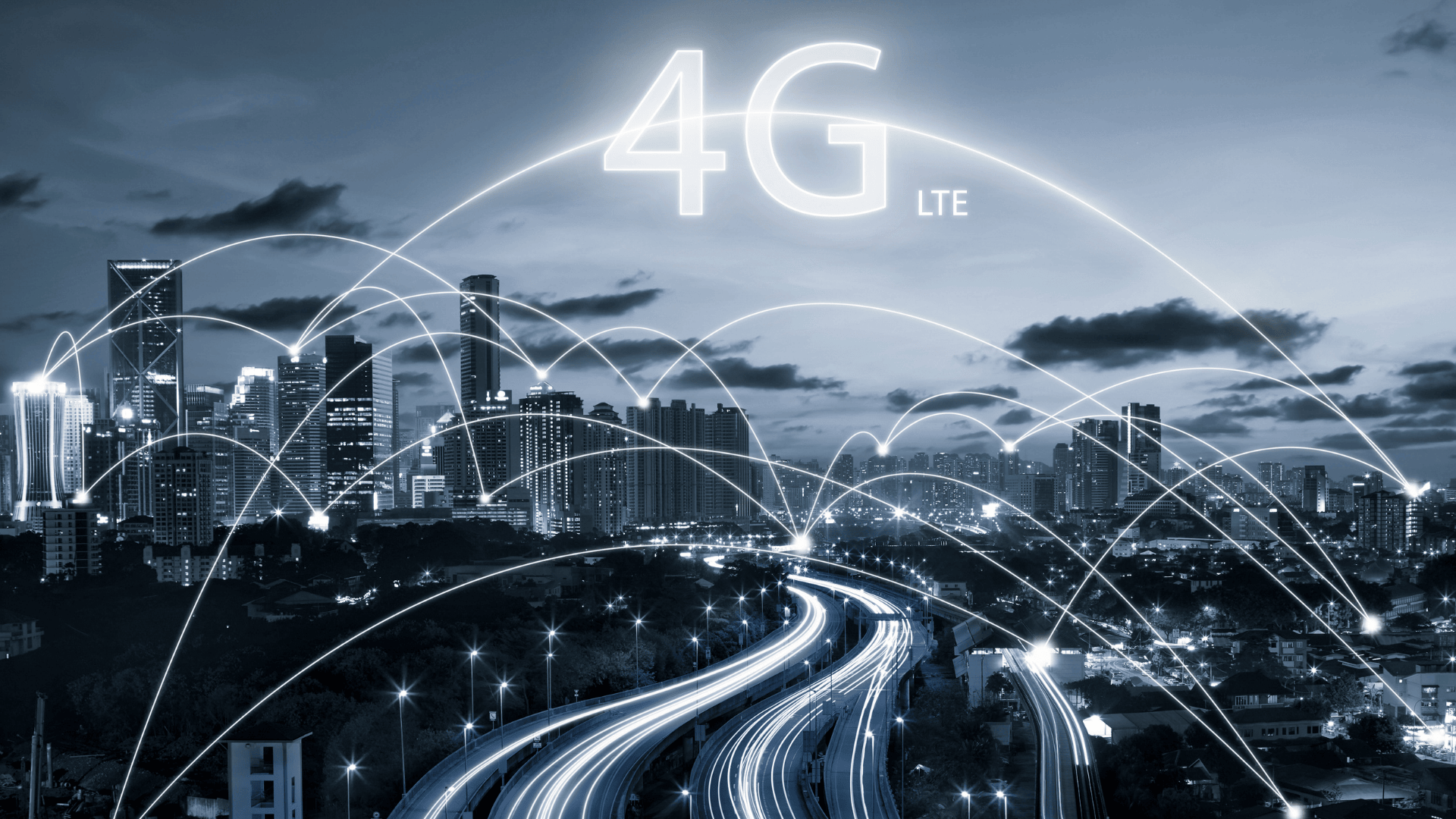Modern work demands speed, mobility, and constant responsiveness. Whether you’re running field sales operations, managing global social media accounts, or testing app performance in diverse markets, the ability to access the internet from different locations, as if physically present, now defines success. Traditional proxies, including residential and datacenter types, offer some flexibility but fall short when undetectability and authenticity become essential. This is where 4G LTE proxies change the game.

Real Mobile Identity
A 4G LTE proxy uses IP addresses issued by live mobile carriers. These aren’t approximations. They’re actual IPs from telecom networks. When traffic routes through one, it mimics the behavior of a real phone user.
Unlike datacenter proxies, frequently blacklisted, or residential ones, limited by static locations, 4G LTE proxies pass as authentic mobile devices. Detection systems treat them as real users, not automated agents.
Genuine Environments for Targeted Testing
App developers need real-world data to improve user experience. Datacenter proxies can’t provide this. Developers building delivery, transport, or finance apps must test under the right network conditions to ensure their user experience is right.
A 4G LTE proxy bestowing IPs from Delhi, Nairobi, or São Paulo reproduces local network behavior. Developers observe actual performance. We’re talking latency, speed, and reliability. This reduces downtime, avoids poor reviews, and leads to more stable products at launch.
Marketing Without Interruption
Social platforms enforce strict anti-bot policies. They block or shadowban accounts that behave abnormally or use flagged IPs. This puts digital marketers at constant risk of disruption. A 4G LTE proxy provides rotating, clean IPs tied to mobile carriers. These change on a set basis, replicating what happens when a real user switches locations or resets a connection.
This authenticity protects accounts. Marketers manage dozens of profiles, schedule posts, pull data, and engage with users without raising flags. The proxy’s behavior mimics human usage, not automated scripts. Campaigns run smoothly. Engagement metrics remain reliable.
Scrape Data Without Blockades
Web scraping has become a core function in e-commerce and SEO. Businesses monitor prices, analyze keywords, and track competition. But scraping from static IPs often triggers CAPTCHAs or IP bans.
4G LTE proxies reduce this risk. Their mobile origin, frequent IP changes, and wide distribution confuse bot detection systems. Requests seem organic. Websites can’t fingerprint patterns easily. Teams extract large datasets efficiently and without interruption. The result is faster decision-making and more complete intelligence.
Cybersecurity That Reflects the Real Threat
Security teams simulate attacks to harden systems. But when those simulations use predictable IPs, internal defenses don’t gain much. This weakens the exercise.
A 4G LTE mobile proxy lets security staff probe endpoints with the same footprint as an actual attacker. Login attempts, API queries, or payment tests come from seemingly real mobile users. This reveals blind spots and improves system resilience. Fewer false positives also lead to cleaner logs and better alerts.
Stress Testing Under Real Conditions
Network quality varies. Mobile users deal with slow speeds, high latency, and dropped packets, especially in rural or congested areas. Apps must work under these conditions, not just perfect ones.
Using 4G LTE proxies, testers simulate weak networks accurately. If an app buffers during a low-signal test, engineers can adjust video compression or server load balancing. These fixes prevent post-launch problems and help build better products for underserved regions.
Compliance and Regional Access
Legal and content requirements differ across countries. Businesses must understand how users in different jurisdictions experience their services. 4G LTE proxies provide that visibility without a physical office.
A proxy in Istanbul or Jakarta reveals blocked content, performance issues, or localization errors. This helps meet regulatory standards, localize campaigns correctly, and adjust content distribution as needed. Companies stay compliant and relevant, without needing boots on the ground.
Cost, Setup, and Competitive Advantage
Mobile proxies demand infrastructure. Providers manage banks of modems and servers. These devices rotate IPs automatically or via API calls. Quality providers offer regional targeting, fast speeds, and reliable uptime. This gives teams precise control and a stable connection.
Mobile data costs more than broadband. But for many teams, the return justifies the premium. Marketers avoid bans. Developers get real test results. Security teams simulate threats accurately. Data teams scrape freely. It all adds up to stronger output and faster adaptation.
Precision Replaces Guesswork
The web isn’t neutral. What you see depends on where and how you access it. 4G LTE proxies expose these layers. They make digital work sharper by mimicking real-world conditions. Every test, post, or scan becomes more grounded and more useful.
In fields where success depends on local accuracy and global reach, 4G LTE proxies remove blind spots. They don’t just support mobile workflows but define them. For teams that must move fast and work smart, these proxies become essential tools for building, scaling, and securing operations in a fragmented online world.

Founder Dinis Guarda
IntelligentHQ Your New Business Network.
IntelligentHQ is a Business network and an expert source for finance, capital markets and intelligence for thousands of global business professionals, startups, and companies.
We exist at the point of intersection between technology, social media, finance and innovation.
IntelligentHQ leverages innovation and scale of social digital technology, analytics, news, and distribution to create an unparalleled, full digital medium and social business networks spectrum.
IntelligentHQ is working hard, to become a trusted, and indispensable source of business news and analytics, within financial services and its associated supply chains and ecosystems










